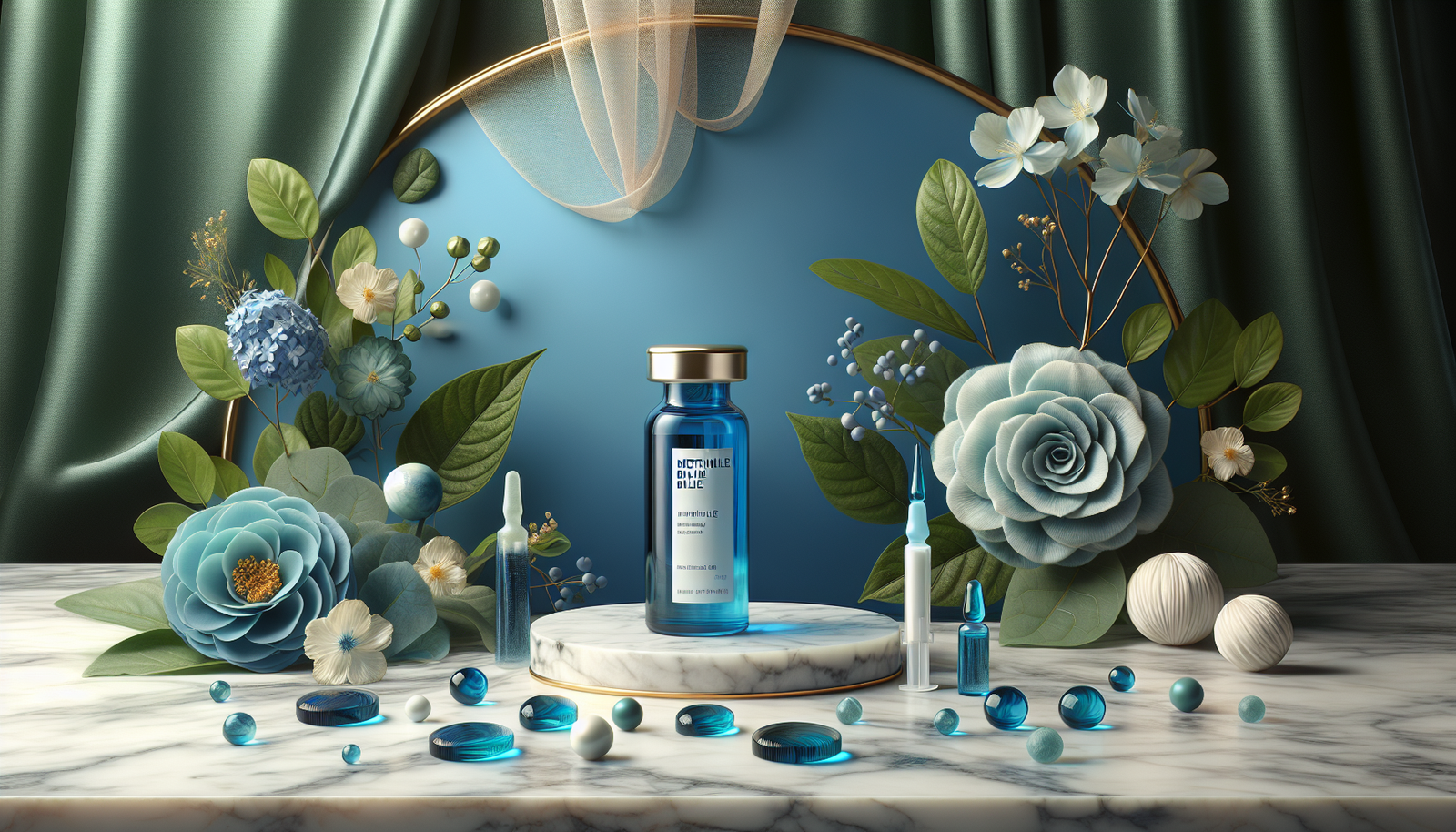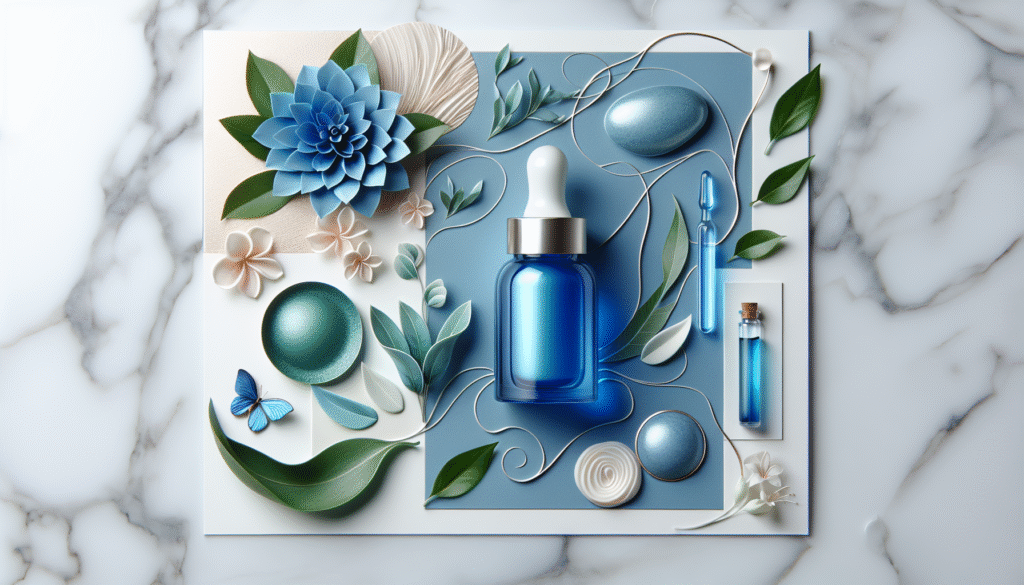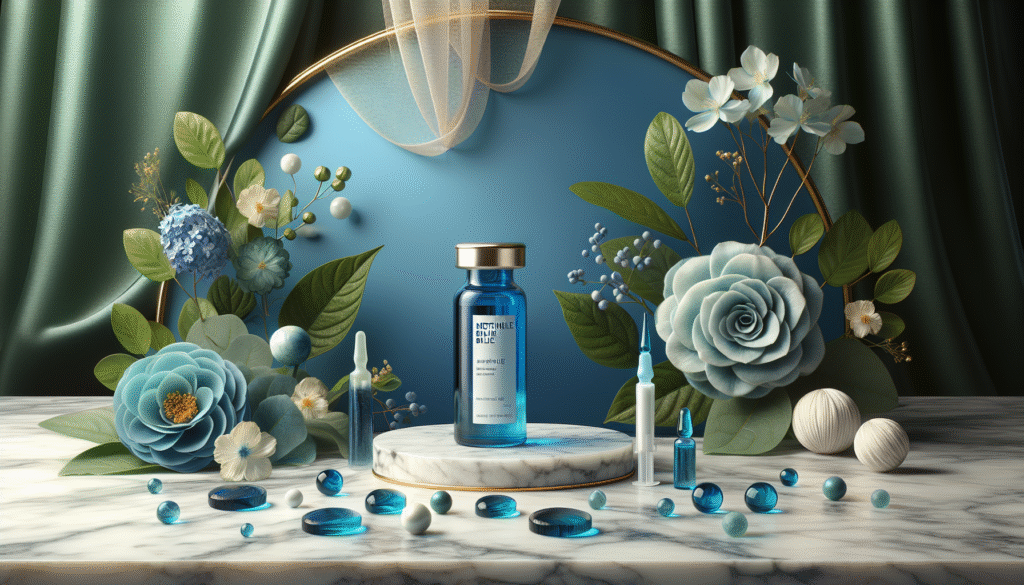
What if there was a compound that not only possessed therapeutic properties but also showcased potential in anti-aging treatments? Methylene Blue, a synthetic dye, has gained attention for its diverse applications in medicine and its remarkable properties that can contribute to skin health and longevity. The following sections will detail the top five benefits of Methylene Blue in anti-aging treatments, providing a thorough understanding of its significance in the realm of skincare.
Understanding Methylene Blue
Methylene Blue, first synthesized in the late 19th century, has a history rooted in various medical applications, including treating malaria and serving as an antiseptic. More recently, research has highlighted its potential in anti-aging treatments. Understanding how Methylene Blue functions on a cellular level is critical to appreciating its benefits.
Methylene Blue is known for its ability to enhance mitochondrial function, acting as an electron carrier that aids in energy production. This makes it especially relevant in combating the effects of aging since mitochondrial dysfunction is linked to various age-related disorders.
The Science Behind Methylene Blue’s Effects
At the cellular level, Methylene Blue has been shown to support cellular respiration and reduce oxidative stress. This is important as oxidative stress plays a significant role in the aging process, contributing to cellular damage and degeneration. By scavenging free radicals, Methylene Blue can help maintain cellular health and longevity.
Benefit 1: Antioxidant Properties
One of the foremost benefits of Methylene Blue in anti-aging treatments is its potent antioxidant properties. Antioxidants are essential for neutralizing free radicals, which are unstable molecules that contribute to the aging process by damaging cells and tissues.
How Antioxidants Combat Aging
Free radicals can be generated through environmental exposure, UV radiation, pollution, and metabolic processes. Over time, the cumulative damage caused by these radicals can lead to visible signs of aging, such as wrinkles, fine lines, and uneven skin tone. Antioxidants, including Methylene Blue, provide a defense mechanism against this damage.
Table: Sources of Free Radicals vs. Antioxidant Rich Compounds
| Sources of Free Radicals | Antioxidant Rich Compounds |
|---|---|
| UV Radiation | Fruits and Vegetables |
| Pollution | Tea and Dark Chocolate |
| Cigarette Smoke | Nuts and Whole Grains |
| Stress and Strain | Methylene Blue |
The Role of Methylene Blue
Research has shown that Methylene Blue can effectively neutralize free radicals, thereby providing protective benefits to skin cells. Its use in formulations aimed at reducing the visible signs of aging makes it a valuable ingredient in modern skincare regimens.

Benefit 2: Improved Mitochondrial Function
Another significant benefit of Methylene Blue is its ability to enhance mitochondrial function. The mitochondria, often referred to as the powerhouse of the cell, are crucial for energy production. As you age, mitochondrial efficiency tends to decline, which can lead to reduced cellular energy and increased susceptibility to damage.
The Connection Between Mitochondria and Aging
In many age-related diseases, mitochondrial dysfunction is a common thread. By improving mitochondrial function, Methylene Blue can help maintain cellular vitality, thus promoting a youthful appearance.
Enhancing Skin Energy
By improving the energy output in skin cells, Methylene Blue can enhance various cellular processes, including repair mechanisms, collagen production, and nutrient absorption. As a result, skin may appear firmer and more resilient.
Table: Impact of Mitochondrial Dysfunction on Skin Health
| Age Group | Mitochondrial Function | Impact on Skin Health |
|---|---|---|
| Younger Adults | High | Radiant, firm skin |
| Middle-Aged (40-60) | Moderate | Begins showing signs of aging |
| Seniors (60+) | Lower | Increased wrinkles, sagging |
Benefit 3: Skin Repair and Regeneration
Methylene Blue has demonstrated capabilities in promoting skin repair and regeneration, a vital factor in any effective anti-aging treatment. Whether it’s from environmental damage or natural wear and tear, your skin requires timely and effective repair.
The Process of Skin Regeneration
Skin regeneration involves replacing old cells with new, healthy cells, a process that you may notice slows down as you age. This can result in dull and lifeless skin. Methylene Blue can accelerate this process, making it an effective component in your anti-aging toolkit.
Table: Comparison of Skin Regeneration Age
| Age Group | Skin Regeneration Rate | Implications for Aging Skin |
|---|---|---|
| 20s | Fast | Quick recovery from damage |
| 30s | Moderate | Slower healing and renewal |
| 40s and beyond | Slow | Increased signs of aging and damage |
Accelerating Healing with Methylene Blue
Research indicates that Methylene Blue can promote the proliferation of keratinocytes, essential for forming the outer layer of the skin. Furthermore, its antioxidant properties help to reduce inflammation, allowing for a more effective healing process.

Benefit 4: Enhancing Collagen Production
Collagen is a vital protein that provides structural support to your skin. As you age, collagen production naturally declines, leading to wrinkles and sagging skin. Methylene Blue can play a pivotal role in stimulating collagen synthesis.
The Importance of Collagen
Collagen is not only fundamental for skin elasticity and firmness; it is also critical in wound healing. Increased collagen production translates to plumper skin with fewer visible signs of aging.
Methylene Blue’s Role in Collagen Synthesis
Studies have suggested that Methylene Blue can influence fibroblast activity—the cells responsible for collagen production. By enhancing fibroblast activity, Methylene Blue supports a youthful and vibrant skin texture.
Table: The Relationship Between Collagen and Skin Aging
| Age Group | Collagen Level | Skin Appearance |
|---|---|---|
| 20s | High | Smooth, elastic |
| 30s-40s | Moderate | Begins to show fine lines |
| 50s and beyond | Low | Wrinkles, sagging, dullness |
Benefit 5: Photoprotection
Exposure to UV radiation is a significant factor in skin aging, leading to photoaging, characterized by wrinkles, pigmented spots, and loss of elasticity. Methylene Blue may offer a means of photoprotection.
Understanding Photoaging
Photoaging occurs due to the damage inflicted by sun exposure. This damage triggers the generation of free radicals and inflammatory responses, which accelerate the aging process. Protecting against UV damage is vital for longevity in skin health.
How Methylene Blue Provides Protection
Research indicates that Methylene Blue can absorb UV light, potentially protecting skin cells from the damaging effects of sun exposure. Additionally, its antioxidant activity offers a double layer of defense against oxidative stress caused by UV radiation.
Table: Factors Contributing to Photoaging
| Factor | Effects on Skin Health |
|---|---|
| UV Radiation | DNA damage, collagen destruction |
| Pollution | Increased free radical production |
| Smoking | Reduces blood flow to the skin |
How to Incorporate Methylene Blue into Your Skincare Routine
Having established the benefits of Methylene Blue, you might wonder how to include it in your skincare routine effectively. While it’s crucial to consult with a healthcare professional or dermatologist before introducing new components, the following forms are commonly available:
Serums and Creams
Methylene Blue is often found in serums and creams formulated for anti-aging. Look for products that contain this ingredient along with complementary compounds like hyaluronic acid, which hydrates and plumps the skin.
In-Office Treatments
For a more concentrated dose, dermatologists may offer treatments that incorporate Methylene Blue. These could include microneedling with Methylene Blue or targeted laser therapies that employ this compound to optimize the skin healing process.
Safety and Side Effects
Methylene Blue is generally considered safe for topical application, but some individuals may experience mild irritation. It’s advisable to conduct a patch test before fully integrating it into your routine.
Conclusion
Methylene Blue’s potential in anti-aging treatments is supported by a growing body of research highlighting its antioxidant properties, mitochondrial support, skin repair capabilities, collagen-stimulating effects, and protective qualities against UV damage. As you navigate the landscape of skincare, Methylene Blue stands out as a promising ally in the quest for youthful, vibrant skin.
Incorporating Methylene Blue into your skincare routine may provide significant benefits. However, as with any treatment, knowledge and prudence are essential. Consult with professionals to tailor the best approach for your unique skin needs, and remain committed to your skincare regimen for the best results.